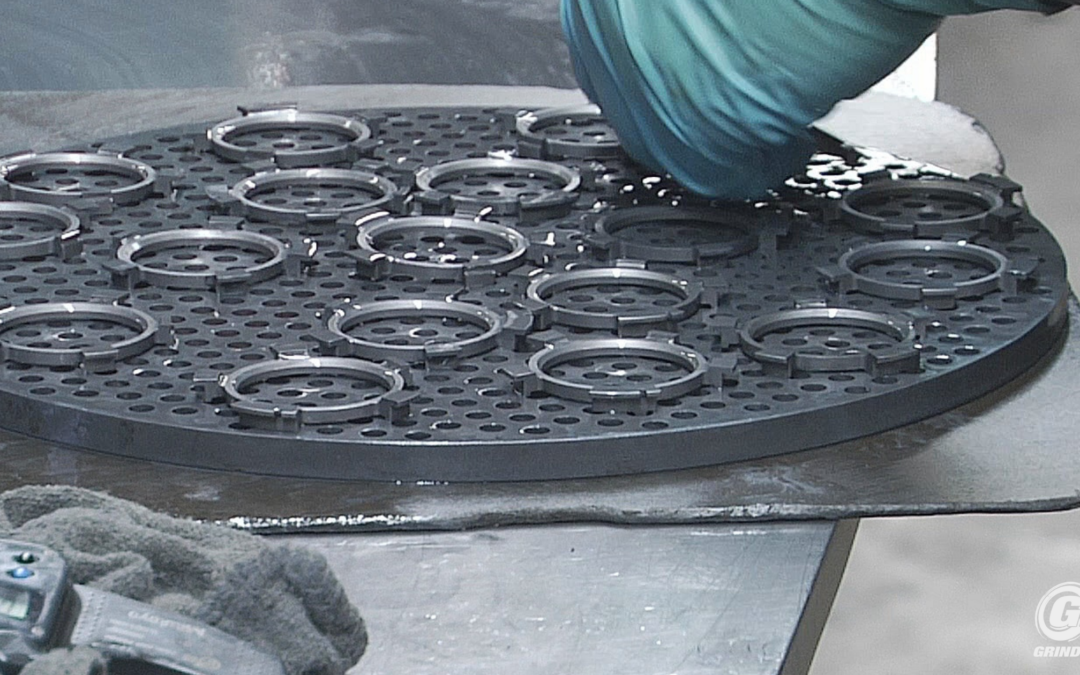Are you finding it challenging to choose between silicon carbide and aluminum oxide for your lapping needs? Selecting the right abrasive can significantly impact the effectiveness and efficiency of your flat lapping process. Misalignment in abrasive choice can lead to suboptimal surface finishes and increased costs.
At Grind Lap, we specialize in precision lapping and abrasive technology. Our extensive experience and knowledge allow us to provide clear insights into how different abrasives can influence your lapping outcomes. We are committed to helping you understand these differences to optimize your processes and achieve the best results.
In this article, we will delve into the distinctions between silicon carbide and aluminum oxide abrasives in flat lapping. You will learn about their unique properties, applications, and wear characteristics. Armed with this information, you’ll be able to make informed decisions that align with your specific lapping requirements and goals.
Silicon Carbide vs. Aluminum Oxide: A Comparative Analysis
Flat lapping is a precision machining process used to achieve flatness, parallelism, and surface finish on various materials, including metals, ceramics, and composites. Abrasive particles play a crucial role in this process, with silicon carbide and aluminum oxide being two common choices.
Silicon Carbide
- Properties: Silicon carbide is sharper and harder than aluminum oxide.
- Applications: Ideal for high material removal rates and lapping harder materials like ceramics and tungsten carbide. Also used for metals such as steel and stainless steel where quick material removal is required.
- Durability: More durable than aluminum oxide, but it can cause more wear on the lapping plate, leading to higher maintenance costs.
Aluminum Oxide
- Properties: Softer and less sharp than silicon carbide.
- Applications: Best suited for lapping softer materials like aluminum and copper. Also used for achieving a finer finish on harder materials such as steel and stainless steel.
- Durability: Causes less wear on the lapping plate, resulting in lower maintenance costs. However, it wears out more quickly and needs more frequent replacement compared to silicon carbide.
Choosing the Right Abrasive
The choice between silicon carbide and aluminum oxide depends on:
- Material Type: Harder materials benefit from the sharper silicon carbide, while softer materials and finer finishes are better achieved with aluminum oxide.
- Desired Outcome: For high removal rates and durability, silicon carbide is preferable. For smoother finishes and cost efficiency, aluminum oxide is the better choice.

Conclusion
Selecting between silicon carbide and aluminum oxide abrasives requires careful consideration of the material being lapped and the desired finish. Silicon carbide offers high removal rates and durability for hard materials, while aluminum oxide provides a smoother finish and lower maintenance costs for softer materials. Understanding these factors will help you choose the best abrasive for your specific lapping needs.


Recent Comments